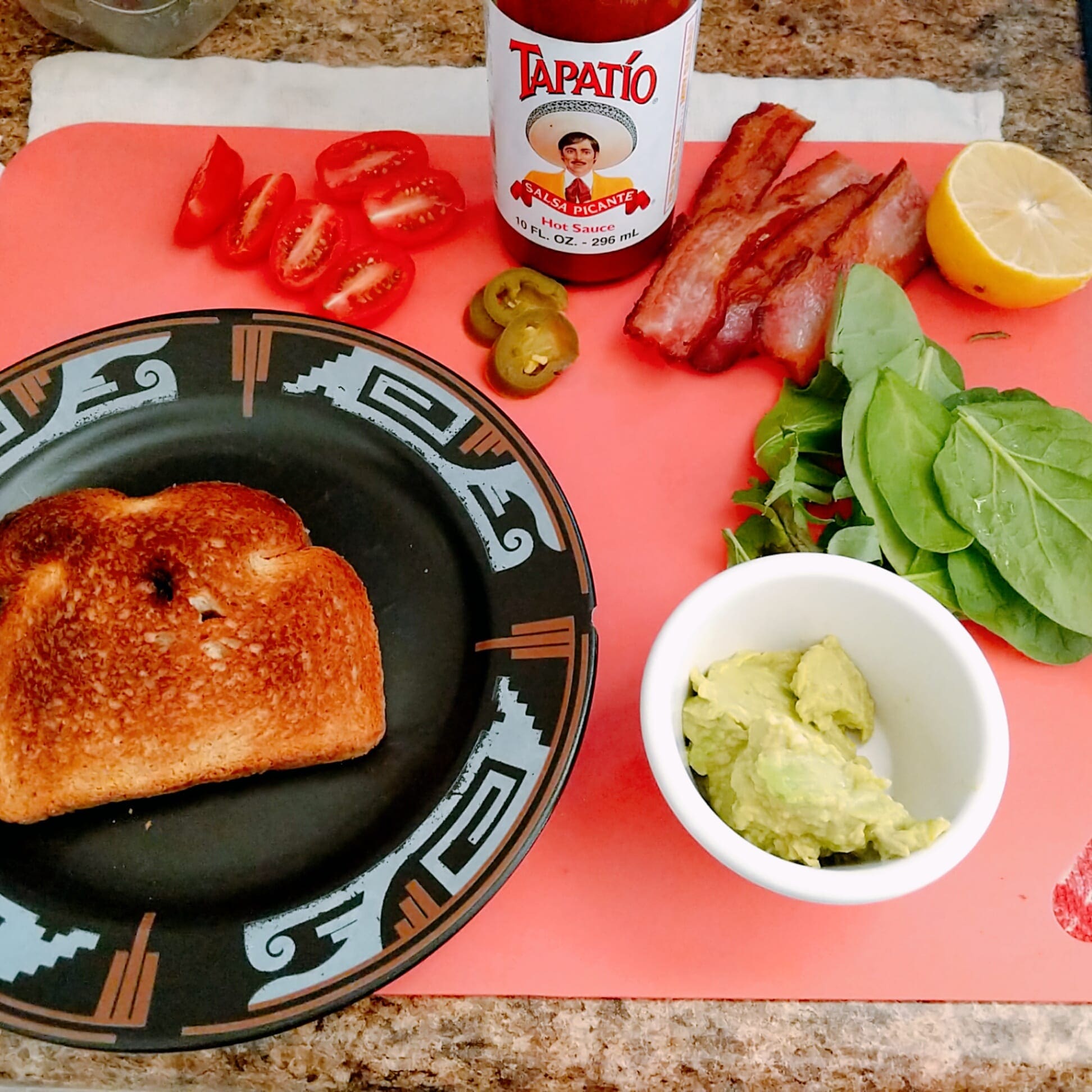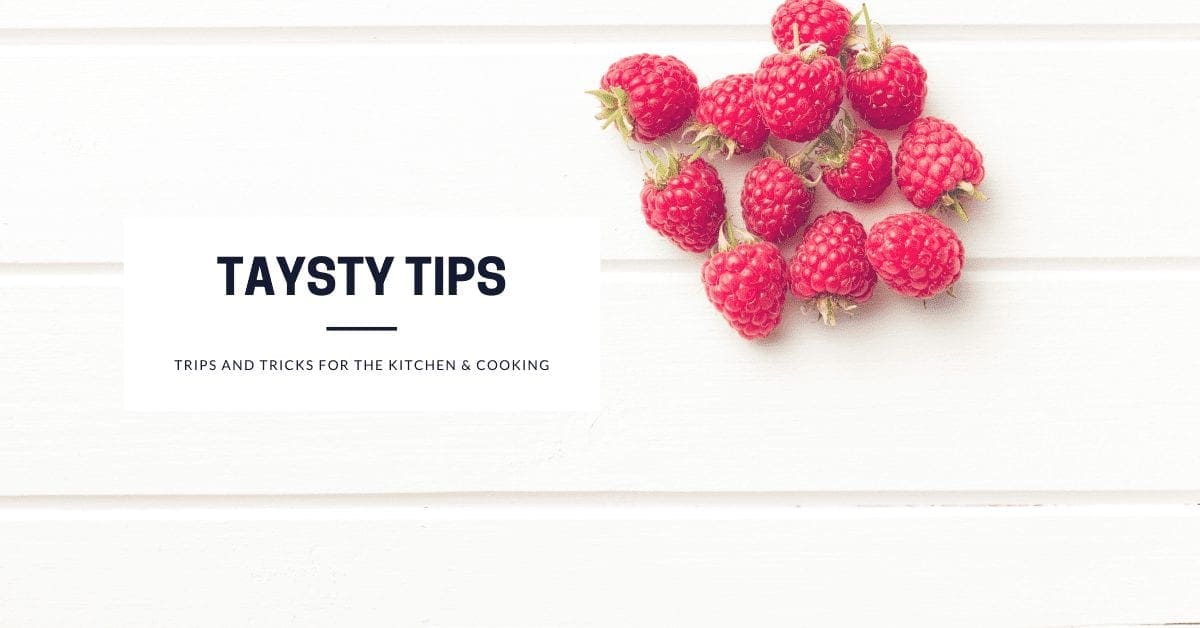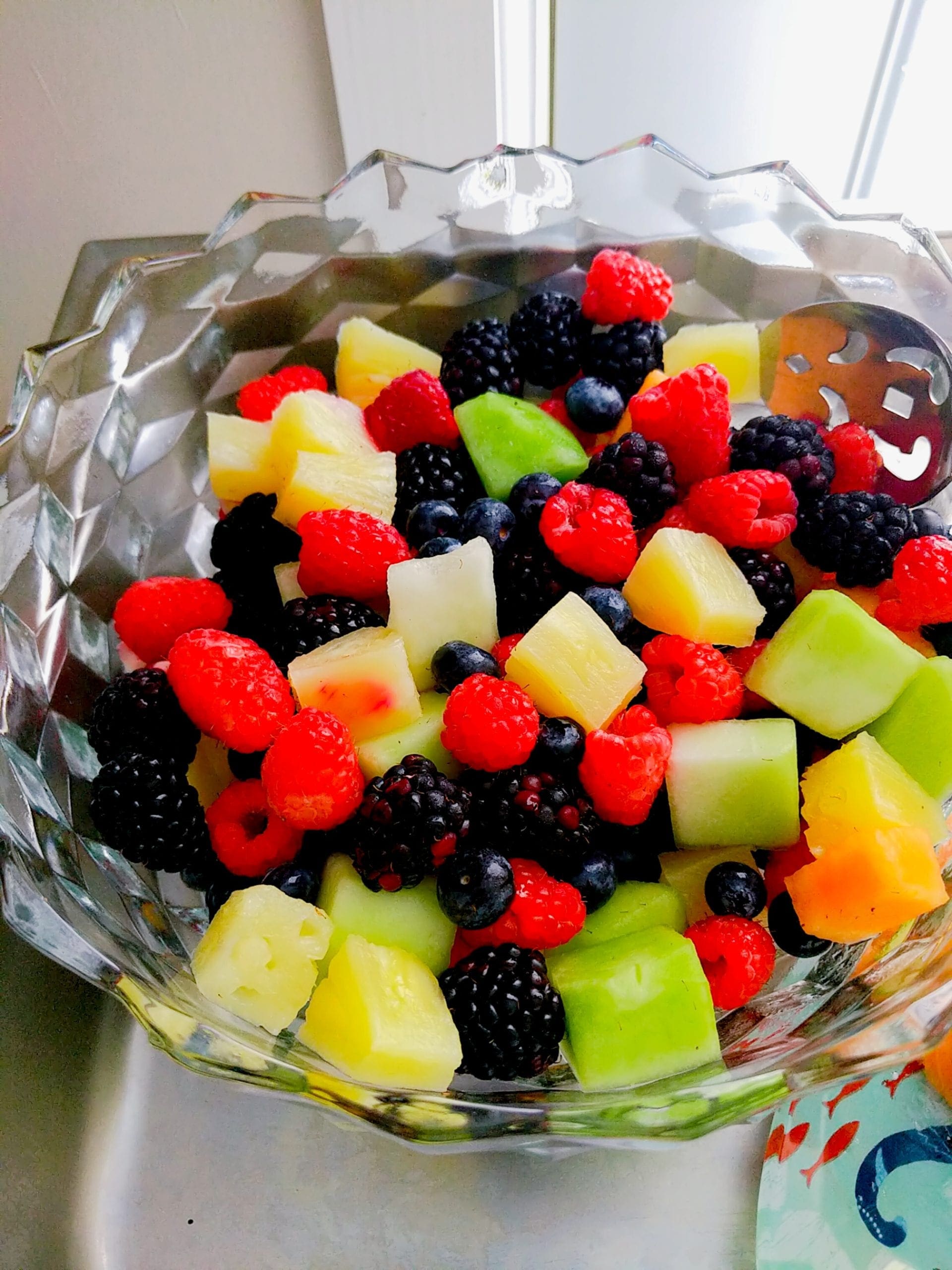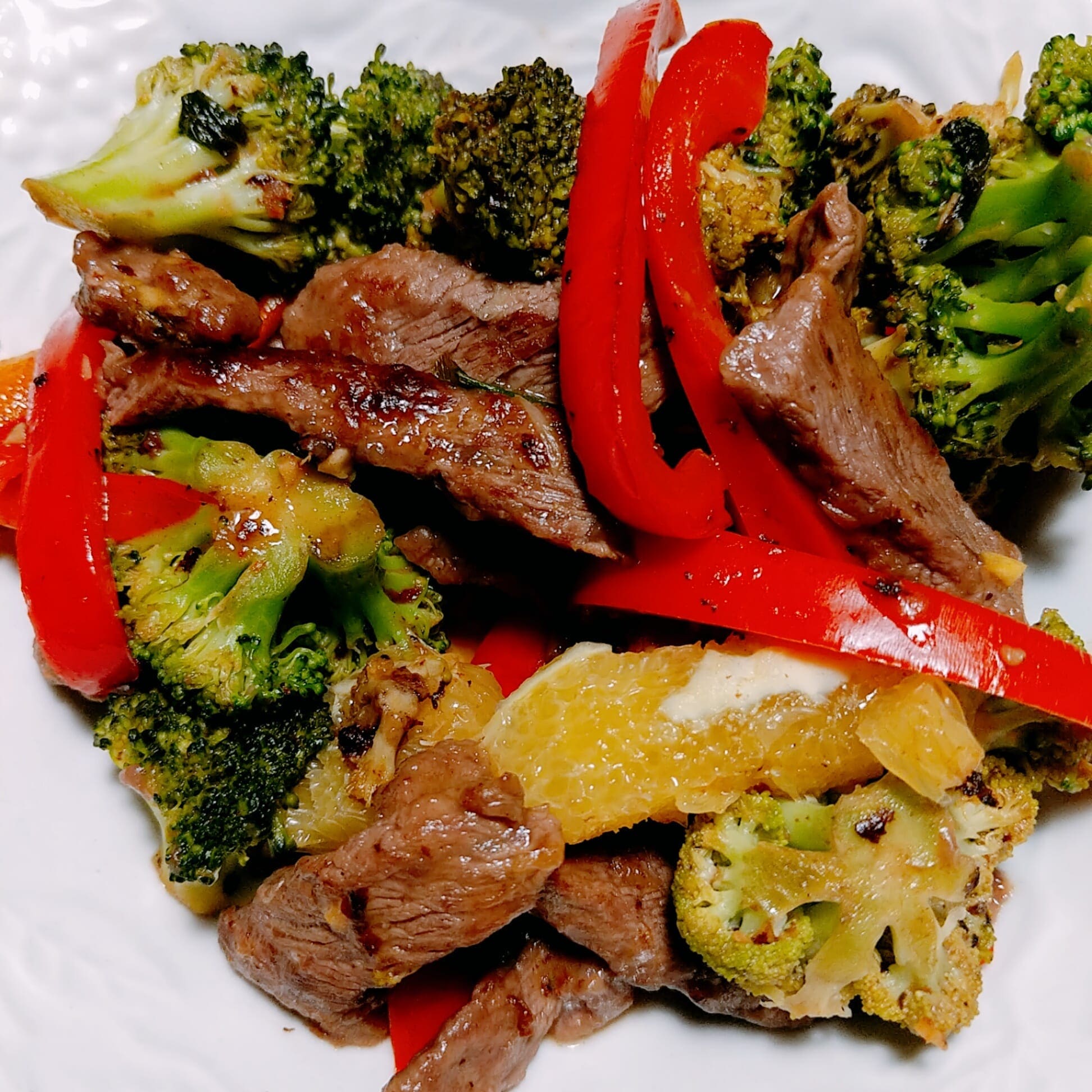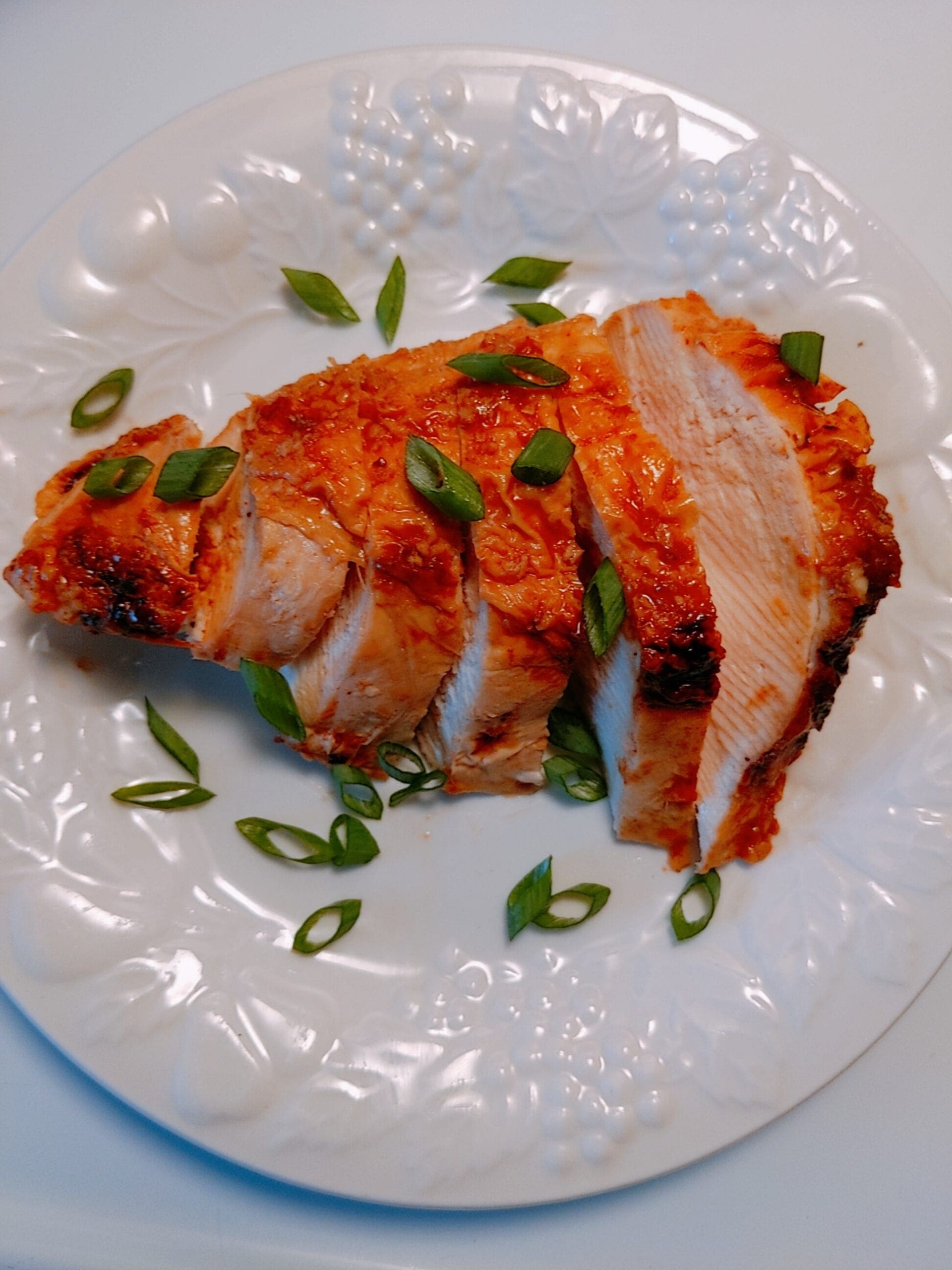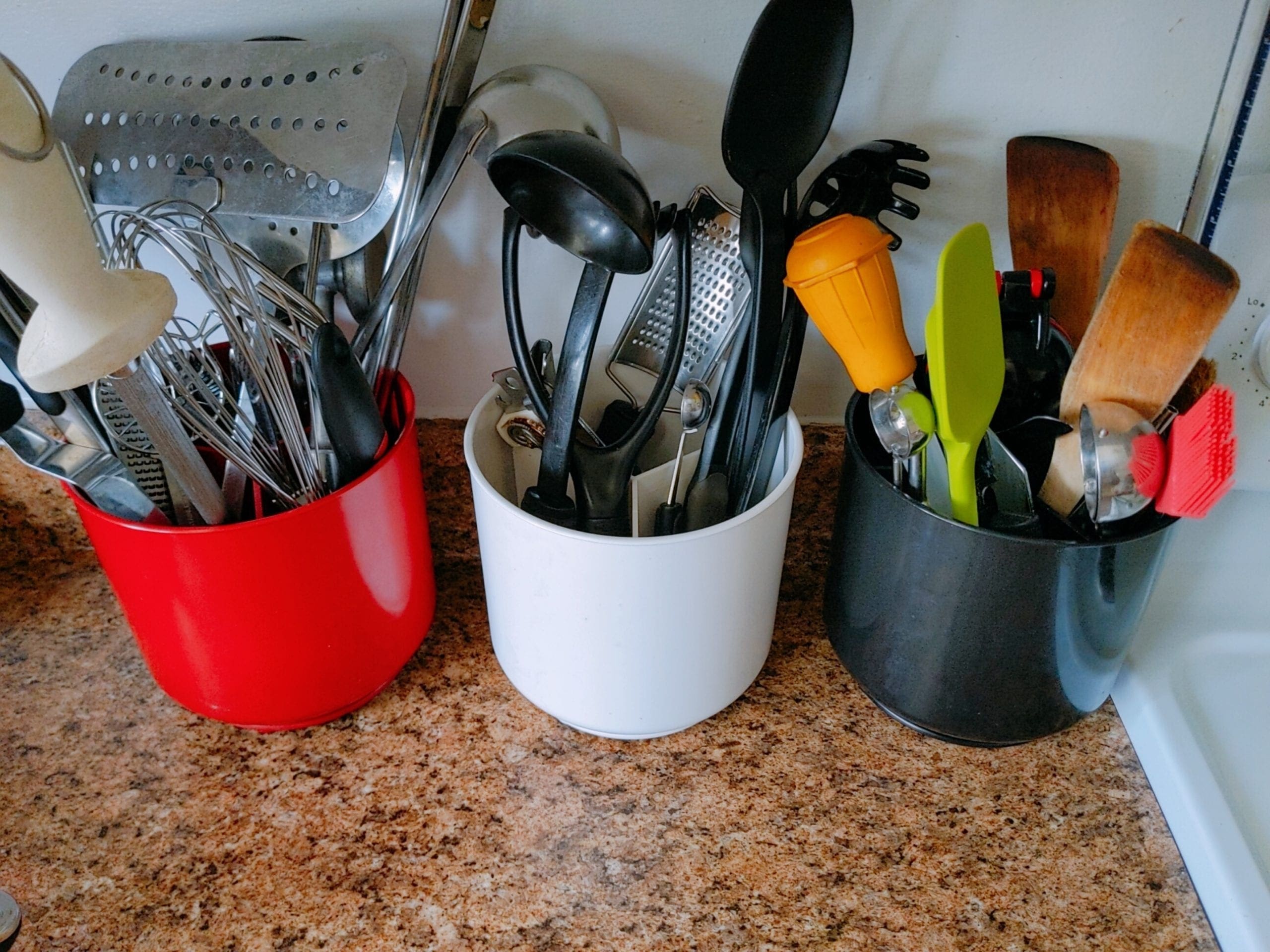It is my hope, sharing my journey will provide some insight into your own journey. Before trying anything, I mentioned, as always, check with medical professionals. Please check out my medical disclaimer link. Awareness at the Start At the beginning of my mental health journey, I thought being aware was the entire battle. My Virgo […]
Spicy BLT Avocado Toast
Taytsy Tips – Flour Series: Rice Flour
Unleash the Power of Rice: How This Flour is Taking Over the Baking World Welcome to part three of my six-part series on flour. We will dip into common, nut, alternative, ancient, specialty flour, and flour blends. We’re talking about rice flour! Rice flour is a type of flour made from finely ground rice. There […]
Taysty Tips – Flour Series: Nut Flour
Nuts About Flour: How Nut Flours are Making Waves in the Baking World Welcome back to my six-part series on flour. We will dip into common, rice, alternative, ancient, specialty flour, and flour blends. This part is 2, and it is all about nut flour. Nut flours, such as almond and hazelnut flour, are made […]
Taysty Tips – Flour Series: Common Flour
Flour: It’s More Than Just Powdery Goodness! Welcome to my six-part series on flour. We will dip into nut, rice, alternative, ancient, specialty flour, and flour blends. First are the common flour types found in most United States grocery stores. Have you ever walked into the baking aisle at the grocery store and felt overwhelmed […]
Why I Love to Cook
Spicy Orange Beef
Roasted Peking Chicken Breasts
Roasted Peking Chicken breast is a new recipe to help me in my quest to expand my culinary horizons. When I look for easy, delicious recipes, I cracked open my copy of The All New Good Housekeeping Cookbook by Susan Westmoreland. First off, I still love this cookbook. It was first published on December 31, […]
Introducing Tay Tastes Things
Hey guys! I’m thrilled to bring another segment to the TBPK blog: introducing Tay Tastes Things (TTT)! After over four decades of life, I had a good handle on my likes and dislikes regarding culinary delights. However, over the last ten years, I’ve noticed taste buds are changing. Brussel sprouts, green beans, collard greens, spinach, […]
Taysty Tips – Stocking Series: Kitchen Utensils
Tay’s Bipolar Kitchen is a participant in the Amazon Services LLC Associates Program, an affiliate advertising program designed to provide a means for sites to earn advertising fees by advertising and linking to Amazon.com. Stocking Series Check out the complete stocking series by clicking here. There are so many innovative and fun kitchen utensils; […]

